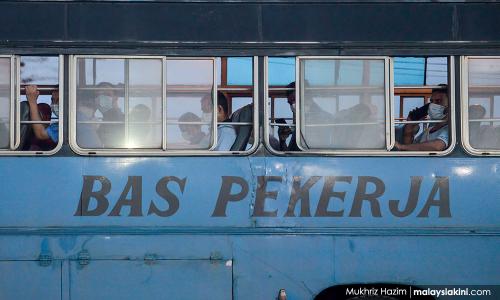COMMENT | 'Hello, is anybody out there?' The silent cry of forced labour
"My wages haven’t been paid for months.”
“The agent’s fee hasn’t been settled.”
“There is endless overtime.”
“The room is overcrowded.”
“I don’t have my passport.”
“I can’t ask for less work or more pay; I’d be beaten and my family will suffer.”
“I can’t leave to go out.”
“Actually, I’m not sure where I am.”
“They didn’t tell me I would be doing this work.”
“I don’t speak the language.”
“Is there anybody out there to help me?”
COMMENT | That is how the 11 indicators of forced labour are likely to sound.
Seizure of exports on account of suspicion or findings of forced labour disrupts business. It affects profits. It mars the reputation of a company and the country from which the goods originate. It is distressing. But even more distressing is the unheard voices of forced labour.
It is the 21st century. Almost 100 years since the Forced Labour Convention of 1930 was introduced to combat all forms of forced or compulsory labour.
Its prohibition forms a body of fundamental rights of human beings. Malaysia ratified the Convention and has been a member of the International Labour Organisation, ILO since 1957.
As part of Malaysia’s Sustainable Development Goals, it would appear that the Decent Work Country programme has been developed; with “enhanced protection of migrant workers” being one of four of the country’s priorities, proposed for the period 2018 – 2020.
Malaysia is said to have about two million documented migrant workers...
RM12.50 / month
- Unlimited access to award-winning journalism
- Comment and share your opinions on all our articles
- Gift interesting stories to your friends
- Tax deductable

